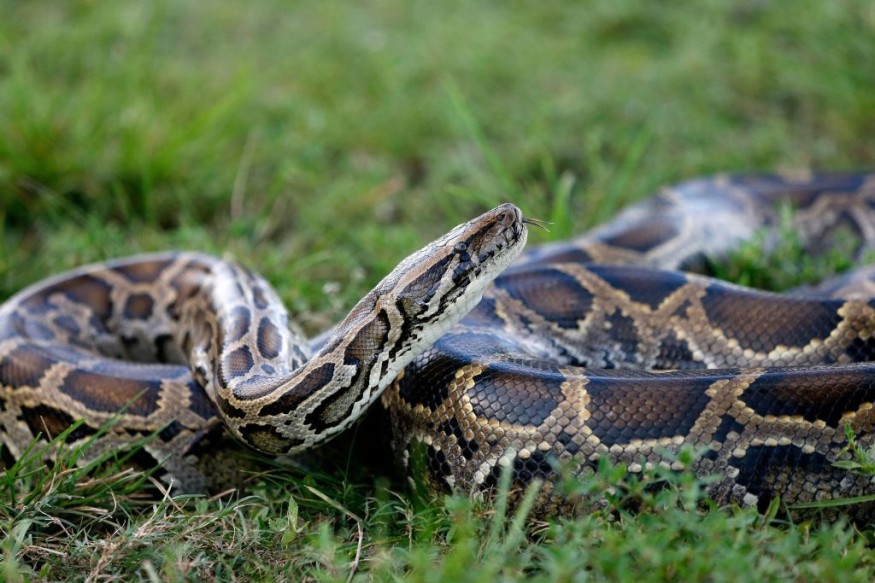Mitigation efforts are crucial to prevent widespread devastation to the ecosystem and wildlife. Here are the five invasive species that can bring devastating threats to wildlife habitats and ecosystems.
In the US, states have conducted monitoring plans to prevent the potential spread of invasive species that could impact the native animals in the ecosystem.

Environmental havoc can also bring heavy costs to the government and communities. Food security is also at risk when invasive animals become out of control.
In addition, communities are also advised to immediately report any sightings of invasive species. It will be helpful to prevent the said species from overspreading.
1. Feral Swine
First on the list is the Feral Swine, known as the Sus scrofa, which looks like pigs. It is also recognized by people as razorback, wild hog and wild boar. In about the 1500s, feral swine was found in the US, and roaming in 35 states.
The invasive animals managed to spread and survive due to their adaptability to changing climate conditions. As a result, the wild boar population has expanded.
2. Nutria
Nutrias (Myocarstor coypus) are also known as river cats or swap rats that early originated from South America. It came to the US due to trade. According to reports, the river rats can devastate natural resources and crops.
Unlike other rodents, the myocastor coypus is large with short legs and long tails and stays on the banks of the river. The said rodent looks like the size of the American Beavers (Castor canadensis).
3. Asian Carp
Asian carp are found in parts of Asia. The said fish first came to the US in the 1970s for farming purposes. The massive carp can compete with the native fish in their habitats, and damage boats.
There are different kinds of carp, including silver carp, grass carp, bighead carp and black carp. In the Mississippi River, the carp has been a problem for authorities and farmers.
In addition, they can consume more fish and quickly grow.
4. Gypsy Moths
Gypsy moths are known as the Lymantria dispar that originated from Asia and Europe. The said moths can affect the health of trees, making them more vulnerable to diseases. The Gypsy moths were brought in the hope of producing silk, according to reports.
They can lay eggs in the trunks of trees, which the species can rapidly repopulate.
Also Read : How Wild Animals Coexist with Humans in the City
5. The Burmese Pythons
Last on the list is the Burmese Pythons (Python bivittatus), which first originated from Southeast Asia. They were traded and introduced in the US as exotic pets.
The Burmese Pythons pose significant threats to small mammals in the wildlife.
Related Article : Animal's DNA Footprint Helps Monitor Elusive Polar Bears in Arctic
For more similar stories, don't forget to follow Nature World News.
© 2025 NatureWorldNews.com All rights reserved. Do not reproduce without permission.





